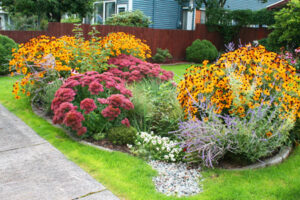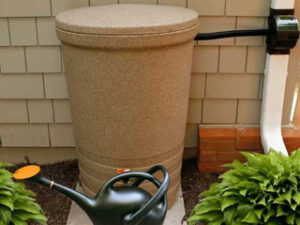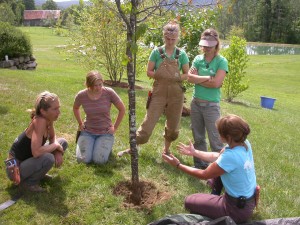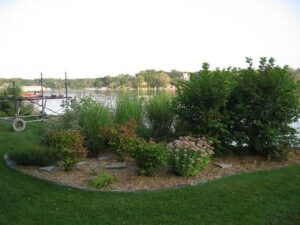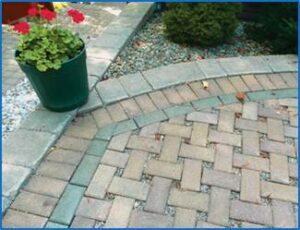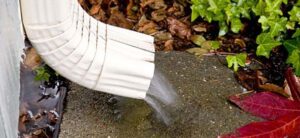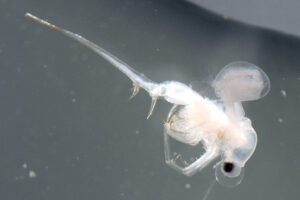Friendly Practices
Here is a list of simple lake friendly practices that help keep Lake Ripley beautiful. Some are eligible for grants. Click on links to learn more or call the Lake Manager.
Hoard & Curtis Scout Camp
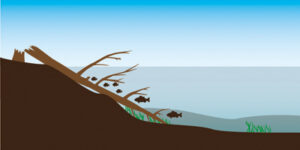
Stop by the Hoard & Curtis Scout Camp next to the Lake Ripley boat landing to see "fish sticks" at work!

